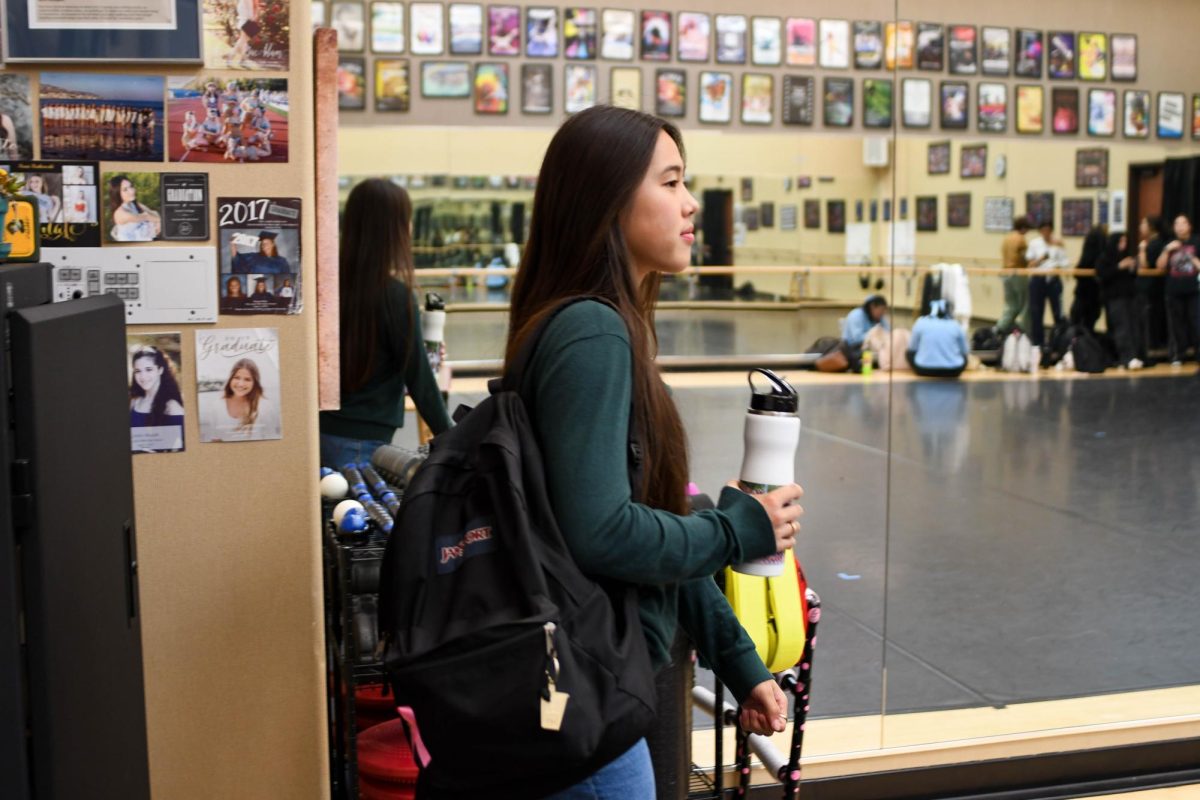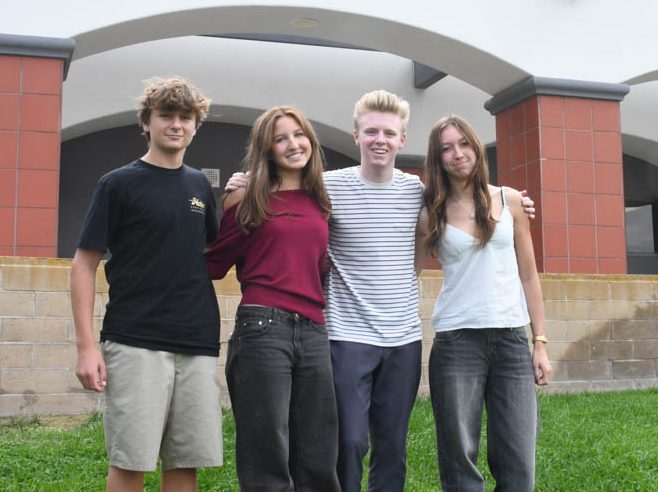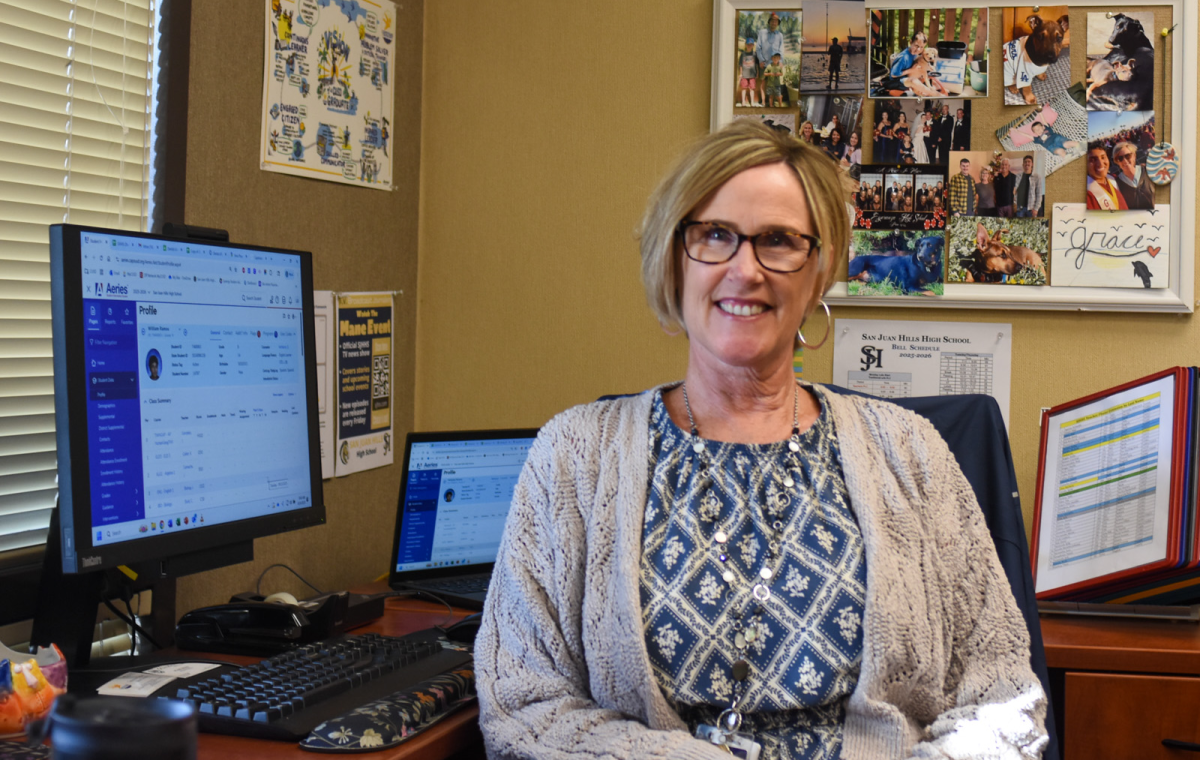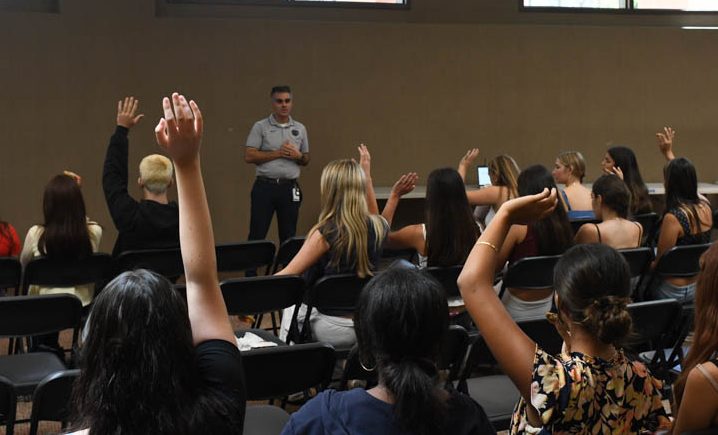The performance, the showcase, or the final display of a dancer’s work sometimes conceals the late nights and rigorous training they endure to master their art form.
Many dancers are dedicated to long rehearsals, demanding schedules, practicing multiple styles, and attending competitions and conventions. Managing all of these aspects presents difficulties but is possible with dedication and passion.
“We work like artists, we think creatively as artists but our bodies are our instruments. We’re also athletes, we have to use our bodies as a facility to create our art and that also can take a toll on your body,” said Ellie Iwamoto (10), who has 6 years of dance experience and has trained at PAVE School of the Arts and more recently, Moxie Movement.
The schedule of each studio dancer varies, but it usually consists of training in various respects: jazz, contemporary, lyrical, modern, tap, ballet, hip hop, musical theater, and ballroom along with technique, acrobatics, and conditioning classes. They not only have to learn the basics of these styles but are expected to execute them accordingly, and this wide range of skill sets prepares them for the dance industry.
“I feel like people don’t know how hard we work outside of school,” said Sophia Loftus (11), who trains at a pre-professional/professional studio known as, Mather Dance Company, and has been dancing for 13 years.
Once school ends at 3:18 pm, Loftus returns home at 4:00 pm and leaves at 4:30 pm to go to Mather Dance Company in Placentia. Her classes and rehearsals start at 5:30 pm and end at 9:30 pm. After her long car ride home, she has dinner, completes her school work, and finally sleeps around 12:00 am. The following day she wakes up at 7:30 am to go to school and attend her usual day of dance training.
These long hours spark some difficulties when managing school work and outside responsibilities, so dancers may sacrifice their extra time at school, or home, or stay up later and wake up earlier, to fill any breaks with work.
“The time that you weren’t doing something you had to constantly fill it because if you didn’t then you would just constantly get behind,” said Morgan Landrigan (12), who has been dancing for 15 years, trained at Orange County Performing Arts Academy, and is currently on the SJHHS advanced dance team and captain of the varsity song team.
When learning and rehearsing group routines, dancers have to execute the dance to the choreographer’s expectations, which means applying dynamics and stylistic choices and synchronizing their movements. Refining these details comes from repetition and attentively applying corrections. Sometimes, they continuously rehearse a certain section of the dance or the entirety of it from beginning to end to perfect it. Their dances are roughly two minutes long, but it takes a great amount of stamina.
“You can’t even breathe and you want to give up but you have to push through, and I think it’s just your determination and you have to have a really strong work ethic,” said Landrigan.
“They expect so much from you and to remember everything. Most of the choreo is really really hard and we just learned it so we’re still getting used to it, but they’ll scream at you until you get it right and until everyone looks the exact same,” said Loftus.
Dancers describe it to be overwhelming and stressful at times, but they find the ability to persevere because of their genuine love for dance. Without carrying that love to improve and pursue their passion, it would seem draining to dedicate their time to extensive training, but with it, they immerse themselves in its entirety and strive for continuous growth.
“It’s almost like a love-hate relationship. You hate how much time it takes out of your life but then you love it. It’s weird but it’s a thing you can’t really understand, and it’s not something you have to understand,” said Landrigan.








